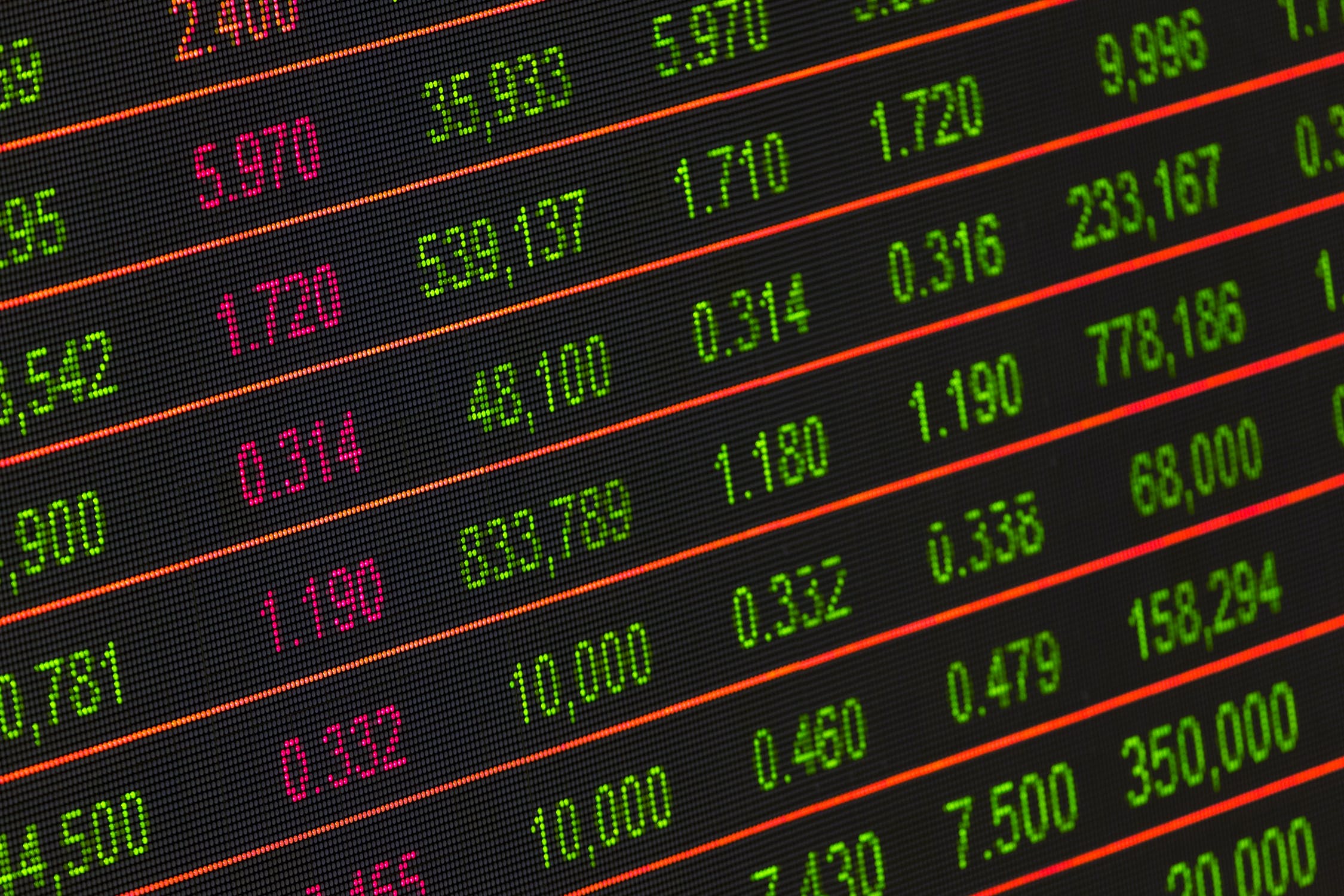What are Forex Pips, Lots, Margin and Leverage

Knowing and understanding the proper terminology within the forex market is essential in becoming a successful trader. In this article we discuss and define what pips, lots, margin and leverage are. We also provide examples of each for easier comprehension.
Pips and Lots
Currency traders quote the value of a currency pair in pips and position sizes in lots.
A pip is usually the smallest amount by which the value of a currency pair can change, although these days some brokers offer fractional pip quotes too. For example, when the value of the EUR/USD pair goes up by one tick (i.e. pip) the quote will move from 1.2345, to 1.2346, and the size of the movement is just one pip.
An important guideline for the beginner trader is to measure success or loss in an account by pips instead of the actual dollar value. Regardless of your account size, when you open a position in the market, you expect the asset to move by a few pips, which translate to profits if your speculation was accurate.
The trade size in online trading is called a lot. The standard lot size is 100,000 currency units. In other words, when you open a position in EUR/USD with 1 standard lot, you are actually trading 100,000 USD.
This is, of course, a massive amount, but fortunately you can select a smaller position size that’s more suitable for your initial investment. For example, mini lots and micro lots are equal to 10,000 and 1,000 units respectively.
Margin and Leverage
Another critical concept in currency trading is margin and leverage. Margin effectively minimizes the actual amount you need to have in your account in order to open a position.
Since currency exchange rates move very slowly (in terms of the actual change in value), the vast majority of traders need to leverage their accounts when engaging in short-term trading in order to realize any substantial profit.
When you open a forex account, the broker will request that you deposit a small sum, known as margin, as insurance against the losses that your account may suffer. With this small sum, you’re able to control a much larger amount, enabling greater gains, but also greater losses than you would be able to achieve with your deposit.
It’s easier to understand margin and leverage in the context of a borrowing process. The lots that you can trade are borrowed from your broker, who requires a margin deposit as an insurance against losses.
The ratio between the funds borrowed by you, and the margin that you deposit as insurance is called leverage. Thus, if you have a leverage ratio of 100:1, enabling the trade of 1,000,000 USD with just 10,000 USD in deposit, but eventually trade just 100,000, the actual leverage that you would be using is 10:1. Note that leverage over 50:1 for majors and 20:1 for minors is not available to traders in the U.S.
In order to understand how to manage your account you must gain a good understanding of leverage. Failure to pay proper attention to leverage and margin may result in a margin call and the broker may liquidate your position in order to ensure that your losses do not reach a level where your margin deposit is insufficient to cover them. Increasing leverage also increases your risk exposure and the same idea applies to the size of your position.
Relevant news

Is it legal in South Africa to trade in forex?
It is lawful to trade Forex in South Africa since the South African government has…

Trading made easy
Trading made easy - Here's why you need automated Forex Trading Systems Automated trading plugins,…

Stocks or forex market?
Stocks or forex market? All you need to know about trading The foreign exchange market…

How to avoid forex trading scams
Avoid forex trading scams The foreign exchange market or what is commonly referred to as…

Here’s how Forex Brokers can help you succeed in trading
Forex Brokers can help you succeed in trading Individuals participating in the foreign exchange market…

Forex market: The best way to trade internationally
Forex market Forex trading refers to the global exchange of national currencies. Most, if not…
